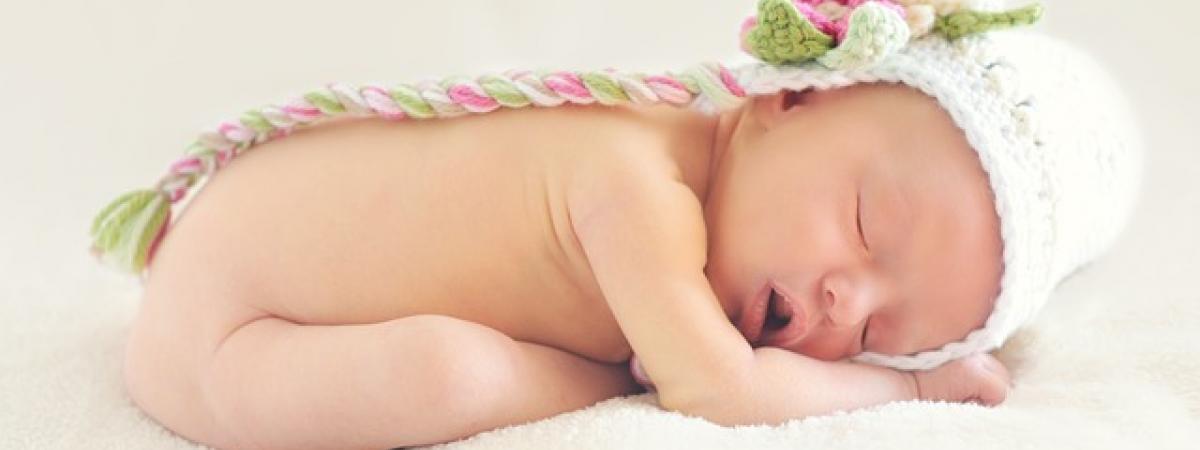Superskin: our natural armour

Skin is our body’s armour, but it far surpasses the armour worn historically by soldiers. Dr. Helen Cowan investigates this marvel of the the human body.
Skin - a barrier
Soldiers wore armour to shield against weapons. Tom Daley, the British champion diver, showcases the attributes of skin itself as an extraordinary shield when he somersaults artfully into the water. He often begins stretched in a handstand, curls into a tight ball as he falls and stretches out as he enters the water: his skin armour allows rapid and repetitive crumpling and unfolding without leaving so much as a crease.
As he hits the water, the skin remains intact. As well as protecting from the physical impact, skin shields against the chemicals and bacteria in the water. Skin is also water-resistant (though not waterproof: each day approximately 1 pint of water is lost through the skin, separate from sweat loss; conversely, the skin swells when we sit in the bath too long).
Skin is a strong armour because protein and elastic fibres are exquisitely woven into numerous strong yet flexible layers: keratin fibres near the surface (keratin also gives strength to hair and nails), and collagen and elastin fibres deeper within.
The very outermost layer of skin is made up of a strong wall of dead cells (yes, when you look in the mirror you are seeing dead cells), which create a barrier to outside attack.
Meanwhile, the dark pigment melanin acts as a shield against the harmful rays of the sun (whilst other skin cells can use sunlight to make Vitamin D, essential for bone strength).
Skin really does act as a multipurpose defensive armour: the soldier’s armour was only hoping to shield from a stray arrow. And there is no chink in our armour: skin provides a continuous covering over the whole body, even the eyes (though it is conveniently transparent here).
Skin – making a statement
Soldiers in command would often wear decorated armour, featuring crests and even adorned with the hide of a lion or bear. Skin is pierced, tattooed– and even scarred (certain African tribes cut patterns onto their face) – to make personal, political or moral statements.
Skin can reveal statements that we would prefer to keep secret: the hot, red face of embarrassment or the cold, sweaty palms of fear. Doctors look for changes in skin colour, flexibility, elasticity or sensitivity to indicate some illnesses.
Skin – the self-healer
Unlike armour, skin is alive, constantly repairing and renewing itself. Every minute, you lose about 30,000 dead skin cells (that’s about 4kg of dead cells every year). Amazingly, cell loss precisely matches cell production. When you cut yourself, cells in the deeper layers divide and migrate to the wound to replace the missing cells.
Skin – the sensor
Skin is the interface through which we sense our environment. It contains exquisitely sensitive sensors for heat, cold, pain and touch that communicate with the rest of the body. For example, when heat is detected, our sweat glands get to work and more blood flows to the skin where heat can be lost.
Covered with such an amazing armour, the phrase “beauty is skin deep” takes on a new meaning.
